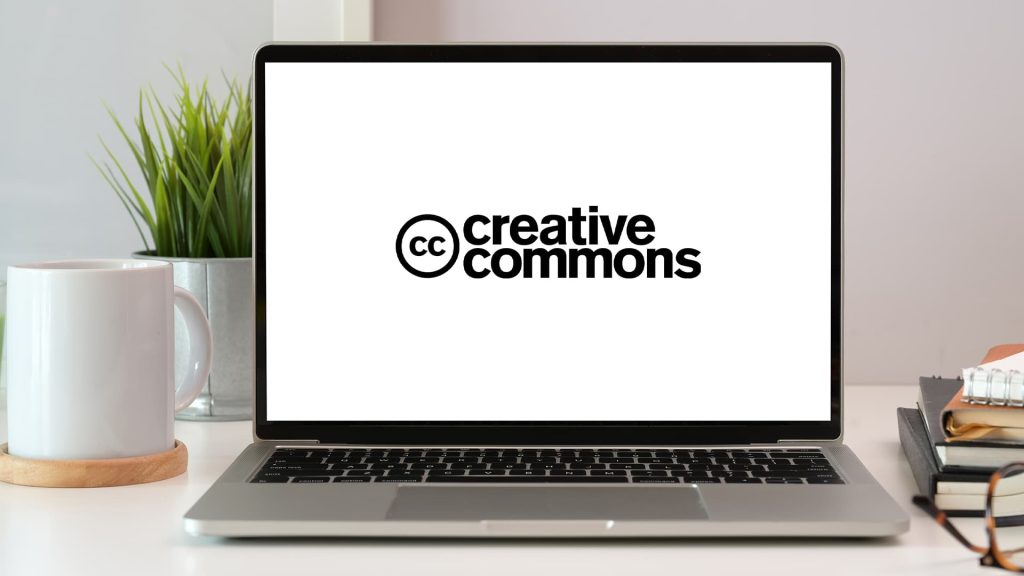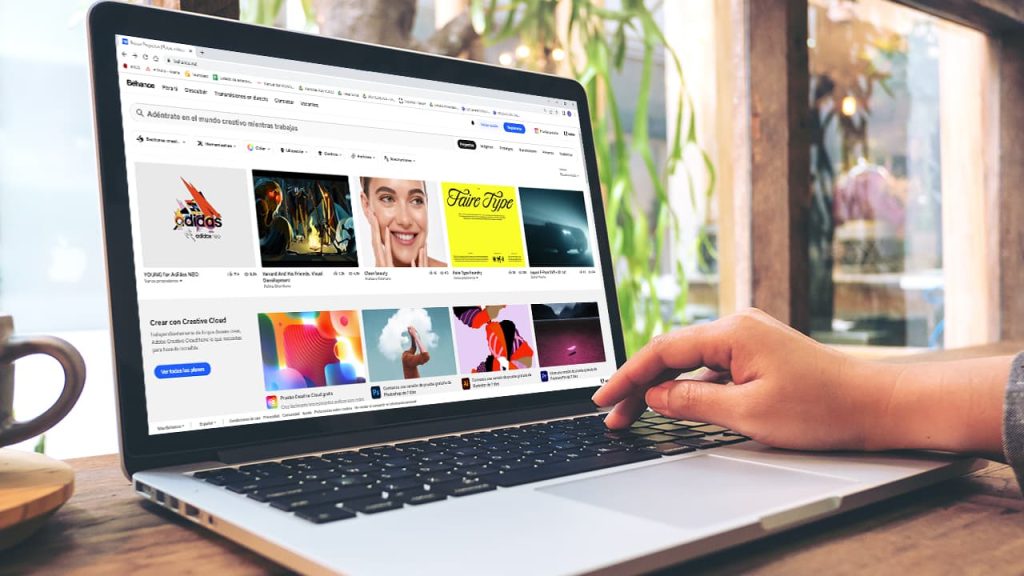
Types of Creative Commons licenses
Have you ever seen a work with the symbol (CC) followed by letters with hyphens? Surely you have, because this code serves to identify the types of Creative Commons licenses under which a work is found.
What is the origin of all this? We had just entered the 21st century and the internet and new technologies would change the rules of the game, especially for creators. On the one hand, the use of these new tools allowed authors to showcase their works in an internationally accessible gallery: the internet. But, on the other hand, there was some concern about intellectual property rights. A solution was sought that could satisfy everyone, authors and consumers. This is how these licenses appeared.
In today’s article, we explain the meaning of Creative Commons, as well as the types of licenses that exist and that you can use in your works.
What is Creative Commons?
Creative Commons is a non-profit international organization whose mission is to empower people to grow, maintain and share common goods such as knowledge and culture.
This NGO was founded in 2001 by Lawrence Lessig, a law professor at Stanford University, with the aim of offering a legal model supported by computer tools to facilitate the distribution and use of content.
The words “Creative Commons” are translated into English as “creative commons” or “creative commons license”. As its name suggests, they aim to protect copyright while spreading a work.
What are Creative Commons licenses?
CC licenses are inspired by the GNU (General Public License), which we have discussed on occasion in this blog. A movement that promotes the use of free software, even if it is published by third parties. What is intended in both cases, both in Creative Commons licenses and in GNU, is to protect the rights of authors and the freedom of users.
Creative Commons licenses are based on intellectual property law and are a simple and standardized way of granting legal permission to creative works. In the words of the organization itself, they allow content to be “copied, distributed, edited, remixed and developed” within the limits of intellectual property.

At this point, it is important to clarify that Creative Commons licenses and copyright do not represent the same thing. All works have copyright, but not all use a CC license. The difference is that works that are also licensed under Creative Commons allow third parties to copy, distribute, and use the work under certain conditions, while the author retains the intellectual property rights.
6 Types of Creative Commons Licenses
Now that you know what they are and what they are for, let’s look at the particularities of each one, as well as examples of Creative Commons.
1. Attribution (CC BY)
By using this license, the author consents to the exploitation of the work (even for commercial purposes), the creation of derivative works, and the distribution of them, as long as they give credit for the original creation.
Example: a musician composes songs that content creators can use in their videos. In this case, the musician obtains recognition and promotion, while the creator shares higher-quality content and monetizes it.
2. Attribution-ShareAlike (CC BY-SA)
This type of recognition allows for the commercial use of the original work and derivative works, provided that the distribution is made with a license equal to that which regulates the original work.
Example: this is the license used by shared knowledge networks like Wikipedia, where information flows in both directions, inward and outward, and internet users benefit from it.
3. Attribution-NonCommercial (CC BY-NC)
Allows for the creation of derivative works as long as they are not used for commercial purposes. However, the derivative work does not have to be licensed under the same conditions. This license also prohibits the use of the original work for commercial purposes.
Example: an illustrator shares his or her works on specialized platforms for free to obtain more reach. The more people see their works and know them, the more reputation they will gain, and there will be more people willing to pay for their services.
4. Attribution-NoDerivs (CC BY-ND)
The commercial use of the original work is allowed, but the generation of derivative works is prohibited.
Example: the social network Behance, where designers, illustrators, and other artists upload their portfolios, uses this type of licensing. In this way, professionals can exhibit their commercially produced work with the assurance that a third party cannot create a derivative work.

5. Attribution-NonCommercial-ShareAlike (CC BY-NC-SA)
This license does not allow for commercial use of the original work or any derived works. Additionally, if a derived work is distributed, it must be done so with an identical license to the one regulating the original work.
Example: The Massachusetts Institute of Technology (MIT) publishes free online courses on its MIT OpenCourseWare portal under this license. They are available to anyone and can be shared as long as it is not for commercial purposes.
6. Attribution-NonCommercial-NoDerivatives (CC BY-NC-ND)
This license is the most restrictive of all, as it does not allow for commercial use of the original work or the creation of a derived work. It allows for downloading and sharing of works as long as the author is credited.
Example: The popular TED Talks, which can be distributed without modification as long as it is not for commercial purposes.
In addition to these 6 licenses, there is also the Creative Commons (CC-0), in which the author expressly waives their rights and the work becomes public domain. We have not included it in the list because to use it, it is necessary to consult national legislation and know the limits in each case. For example, in some countries, an author is not allowed to waive their moral rights.
